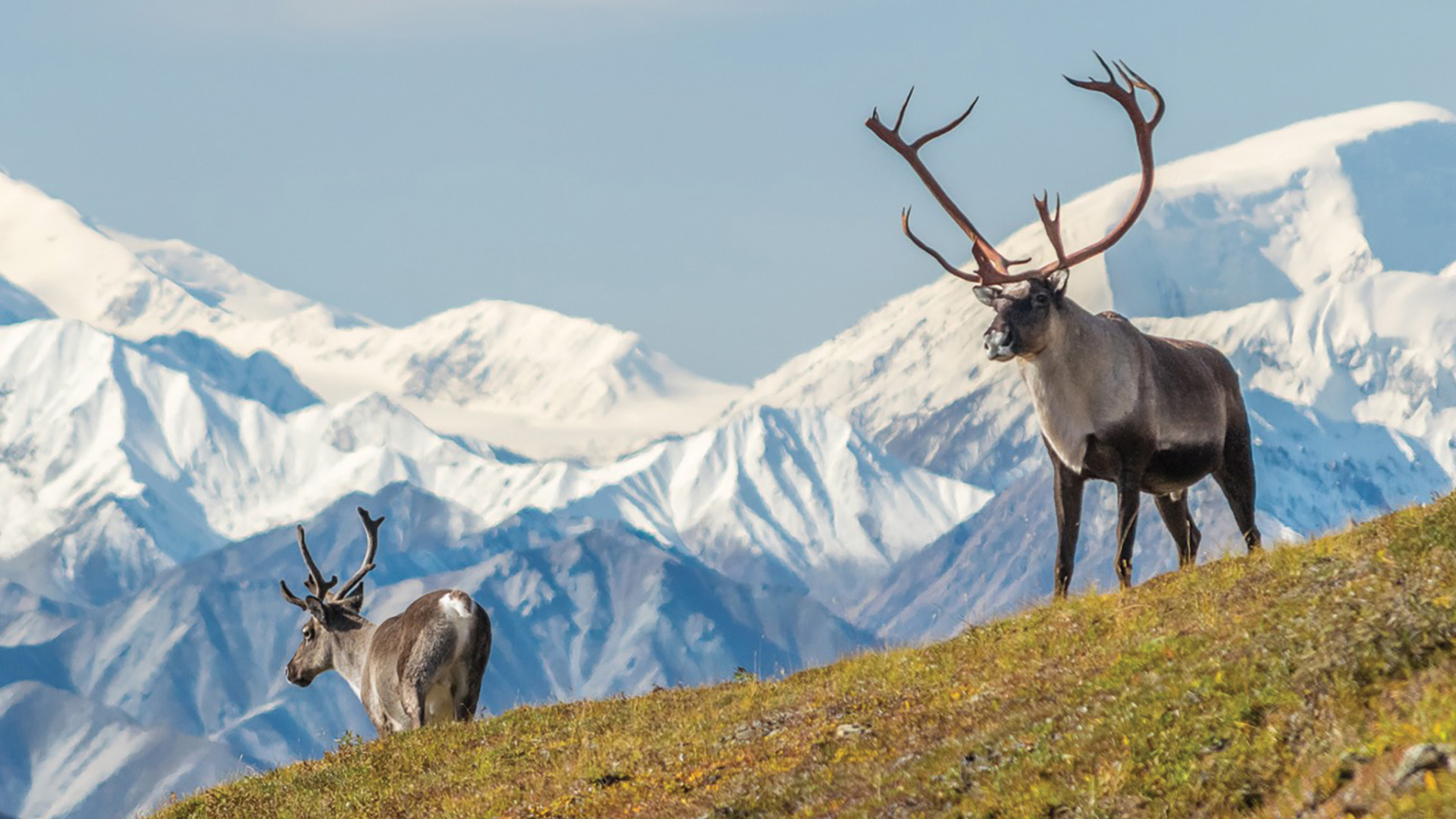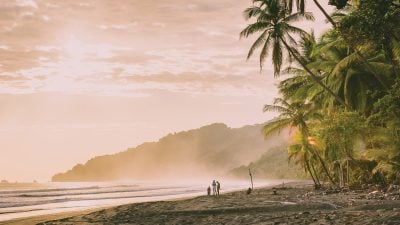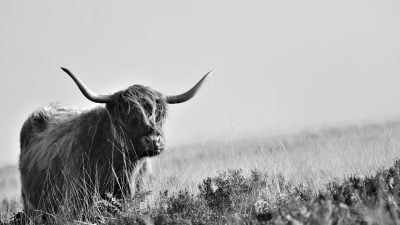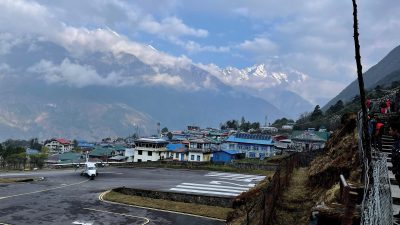Home / United States / Alaska: Where the Wild Things …

Alaska: Where the Wild Things Are
From vast glaciers to coastal forests to tundra, the wide-open spaces of Alaska are home to some of the most beautiful and diverse natural landscapes. The state’s 665,400 sq-mi (1,723,378 sq-km) are far more populated by animals than by humans, so a trip to Alaska virtually guarantees memorable wildlife sightings. While many visitors embark on cruises to the Last Frontier, land-based trips offer more time among Alaska’s Big 5 (bear, caribou, Dall sheep, moose, and wolf), as well as plentiful opportunities to spy marine mammals and even feathered sovereigns of the sky.
Wildlife in the Water
With more coastline than any other state, Alaska’s waters are abundant with denizens of the deep, and it’s not necessary to be on the water to get spectacular views. Known as canaries of the sea for their vocalizations, beluga whales can be spied south of Anchorage along Turnagain Arm. In Resurrection Bay near Seward, look for otters, as well as orcas (killer whales), harbor seals, and Stellar sea lions—who come here for the fish. Get your humpback whale fix in the Inside Passage or the Barren Islands between Homer and Kodiak, where they bubble-net feed in early summer. “Whale soup” is a term for having a wealth of whales, and Prince William Sound more than delivers, with fin, humpback, minke, orca, and sei whales.
Creatures of the Air
Birders flock to Alaska to see nearly 500 species of birds, offering one of the richest birding opportunities in North America. With the spring migration, millions of avian species make their way north to Alaska to revel in the long summer days before their southerly trips for the winter. Glacier Bay National Park has rich bird life, and a land-based trip gives you a closer view of bald eagles, pelagic cormorants, rufous hummingbirds, marbled murrelets, tufted puffins, and more. Thousands of sandhill cranes stop here in migration, with peak numbers in September. Among an estimated 200,000 seabirds that summer in Prince William Sound are marbled murrelets, black-legged kittiwakes, and glaucous-winged gulls. Several birding sites near downtown Anchorage provide year-round opportunities to spy a variety of corvids, raptors, shorebirds, and songbirds.
Animals of the Land
The wild landscapes of Alaska are a welcoming home to black and brown bears, and the safest way to view them is on a guided tour where you can watch them live their lives undisturbed. Prince William Sound is an ideal habitat for both bear species, as well as for moose and mountain goats. Perhaps one of the best-known images of bears in Alaska is of brown bears fishing for salmon at Brooks Falls, where as many as 50 can be seen during spawning season, and visitors get optimal views from a series of platforms. Be sure to look for other mammals, as well, like beaver, caribou, lynx, red fox, river otter, wolf, and wolverine. Spy Dall sheep in the Chugash Mountains near Turnagain Arm, and large land animals like bison, caribou, moose, and wolf.
This article was originally published in No. 33 of Globetrotting Magazine.
Get more travel inspiration by email.
Subscribe
0 Comments

Get the latest travel trends & hear about the best deals on vacations around the world.
If you’re a Globetrotter, these are the newsletters for you!



